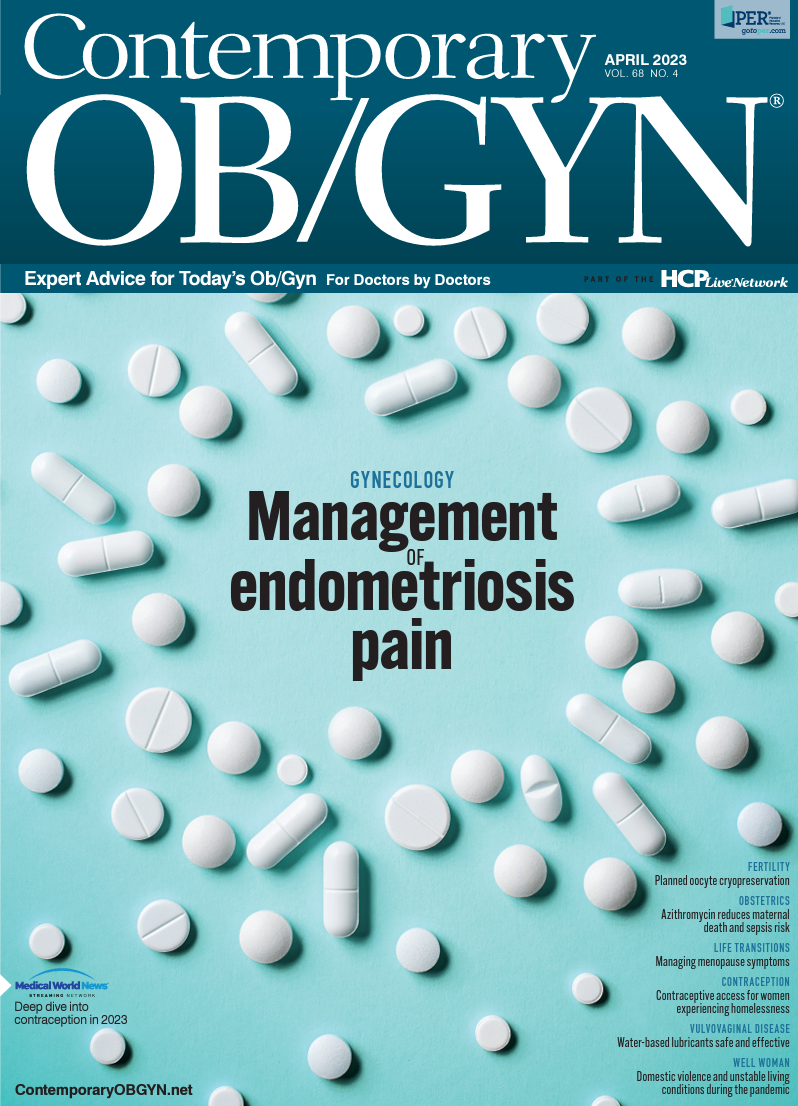A look at access to contraception for the homeless
A recent study highlights barriers to pregnancy prevention for women without permanent housing.
Among populations of women who are of reproductive age, those that are homeless often do not want to get pregnant, and yet are often challenged by not having ready access to contraception. In a multi-methods qualitative study, investigators interviewed women experiencing homelessness, along with health care workers and social service providers to identify preferences for contraception and barriers to attaining pregnancy prevention.
Researchers recruited participants from December 2019 to November 2020 from housing, medical, and community based organizations in North Texas. Nineteen pregnancy-capable women aged 18 years to 44 years in different stages of homelessness (shelter, emergency shelter, rapid-rehousing, and transitional housing) were enrolled in the study.
A survey was used to gather participant socio-demographic information, pregnancy intention, and pregnancy history. Interviews included questions about perceived needs for contraception and barriers to this access. To make sure they were aware of all forms of contraception, participants reviewed a Contraception Effectiveness Chart.
Social service and health care providers were also interviewed, to better understand both facilitators for contraceptive use, as well as barriers, from these perspectives.
The analysis team included a principal investigator, co-investigator, project staff, public health students, and a medical student. The primary preference for birth control of women currently homeless was long-acting reversible contraception, but women noted the difficulties in attaining contraception of any kind, suggesting that contraception be more available in churches, bathrooms, hospitals, schools, food banks, and even street outreach. Additionally, some women said there was also a need for educational pamphlets on sexually transmitted diseases, contraception, and pregnancy.
Investigators noted, “Findings from this study underscore systemic barriers in meeting the reproductive needs of women experiencing homelessness… healthcare providers we interviewed often did not provide contraceptive counseling unless patients initiated the conversation.” Additionally, noted the authors, “Insurance policies, connections between health clinics and community organizations, and organizational priorities both facilitated and hindered women experiencing homelessness's access to women's healthcare services.”
Although this was a small study, it cast a spotlight on the need for more contraception access and additional education regarding pregnancy and sexually transmitted diseases to this population. Perhaps in the near future, larger studies of this type will confirm current findings and encourage more funding for these needed resources.
Reference
Thompson EL, Galvin AM, Garg A, et al. A socioecological perspective to contraceptive access for women experiencing homelessness in the United States. Contraception. 2023;109991. doi:10.1016/j.contraception.2023.109991

Recap on reproductive rights with David Hackney, MD, MS
December 20th 2022In this episode of Pap Talk, we spoke with David Hackney, MD, MS, maternal-fetal medicine physician at Case Western Reserve University and chair of ACOG's Ohio chapter for a full recap of where restrictions on reproductive rights have been and where they're going.
Listen
In this episode of Pap Talk, Gloria Bachmann, MD, MSc, breaks down what it means to be a health care provider for incarcerated individuals, and explores the specific challenges women and their providers face during and after incarceration. Joined by sexual health expert Michael Krychman, MD, Bachmann also discusses trauma-informed care and how providers can get informed.
Listen
No link found between hormonal contraception and clitoral adhesion severity
February 28th 2025A recent study presented at the ISSWSH 2025 Annual Meeting found no significant association between hormonal contraceptive use and the severity of clitoral adhesions, though researchers emphasize the need for further investigation.
Read More
